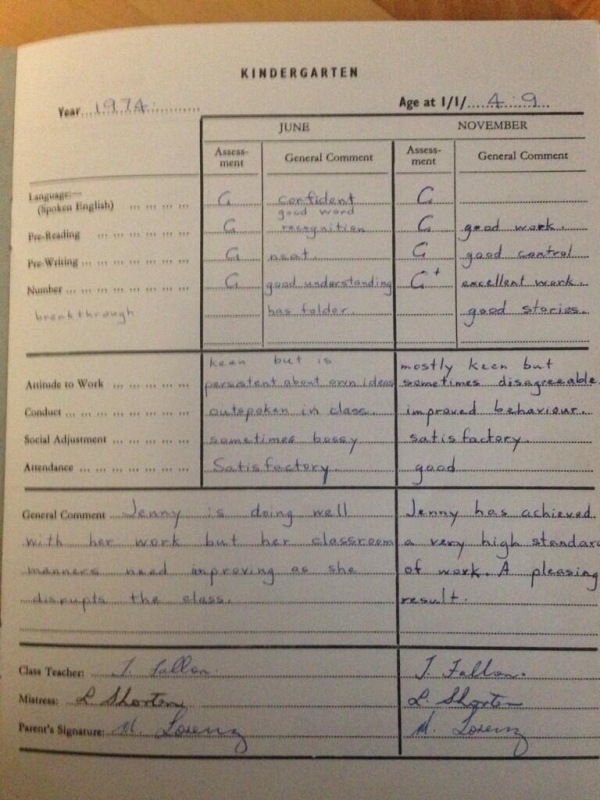
Teaching is a lot like a marathon. It takes training, planning and preparation. I have been pretty good at this over the years. I have developed some excellent strategies. I have tried to train my mind (meditation) and my body (diet and exercise). I have been meticulous in my planning to avoid leaving everything until the last minute. I have prepared units of work well in advance to lessen the load. I have put in place restrictions so that my work life did not take too much of a toll on my personal life and I have found myself some excellent coaches to help me along the way. Even with all this in place, I was always completely spent at the end of the year having given the marathon my all but I always finished the race and made it with a good time.
This year I returned to school after 2 years in an admin position. I started my marathon without too much thought. I just fell into the groove of previous years. I did not recognise that I had forgotten the micro-skills I had developed from running consecutive marathons. I had forgotten my routines, processes and practices. The syllabus had changed while I was away so my programs didn’t quite fit. I was teaching a senior subject I hadn’t taught for a very long time. This put my planning and preparation off. I had forgotten the importance of my exercise, diet and meditation training and these were the first things to go when the time pressures hit.
I then took on a relieving role and said yes to whole lot of extra things. The stuff that I really enjoy, the stuff that feeds my inner edunerd and I continued to teach. In essence, I added a another half marathon to my marathon and agreed to wear a weight belt and army pack. So I worked harder for longer and let all the important training, planning and preparation stuff fall away.
I was struggling, but I was up and I was running and I looked like I had it all under control. I could see the finish line and although tiring I thought I could still make it. But while race security’s back was turned some unstable members of the crowd jumped the fence and blindsided me on the track.

Injured just short of the end of term, I did not make the finish line.\
Why do teachers do this? I know it’s not just me. I have seen others take on more and more. I have seen our systems place more and more on us. I have seen society create more and more work for us. We keep making our marathon longer and adding to the load we must carry as we run it.
If I can’t shorten my race, this is how I will be lessening my load:
- My number 1 priority will be family and friends.
- I have written a list of goals I wish to achieve. I will refer to these often to remind myself of what I have chosen to focus on.
- When asked to do extra stuff I will refer to my list and make a decision about whether it fits into my goals.
- When taking on something extra, I will ask what I should stop doing or negotiate time to do the extra stuff in.
- I will set reasonable limits on my time for doing school work at home. If it doesn’t get done, it is not because I can’t, it is because it is not humanly possible.
- I have designated time in the holidays that will be for school preparation and I will only work during this time and relax and not think about it when it is not.
- In my holiday work time I will prepare for as much of term 1 as I can.
- I will meditate, exercise and eat well as a priority.
- I will have fun teaching to remind myself why I love my job.
I hope your marathon year was not as turbulent as mine. Please take time to rest and recuperate these holidays. I plan on it being a PB race in 2017 and if you stumble, I hope there is someone there to help you over the finish line.













Recent Comments